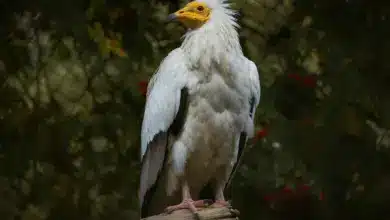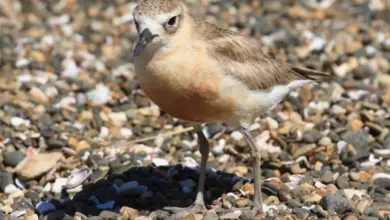Yellowish Flycatchers
The Yellowish Flycatchers (Empidonax flavescens) are part of the tyrant flycatcher family.
Distribution / Range:
These active birds occur naturally in the highlands areas in southeastern Mexico south to western Panama in Central America.
They inhabit cool mountain forests, particularly frequenting forest edges andclearings, as well as second growth and bushy pastures.
Outside the breeding season, they are usually seen alone.
Description:
The Yellowish Flycatcher measures, on average, 12.5 cm (4.9 inches) in length and weighs about 12 grams (0.4 oz).
The upper plumage is olive-green. The plumage below is yellow with a hint of ochre to the chest. Two buff wingbars can be seen on the blackish wings.
This species has distinctive white eye rings.
Males and females look alike.
The plumage of juveniles is browner above and a paler yellow below.
Similar Species:
Resembles the Willow, Alder and Acadian Flycatchers but can be identified by its more prominent eye rings; and its plumage below than that of the Yellow-bellied Flycatcher.
Breeding / Nesting:
They breed at altitudes from 800 meters (~2,625 feet) to nearly 2,500 meters (8,202 feet). t
They construct cup nests out of plant material and mosses. These nests are typically placed about 6.6 – 14.8 feet (2 – 4.5 meters) high in a crevice of a tree trunk or on an earth bank.
A clutch generally consists of 2 – 3 white eggs with pale reddish-brown speckles. The incubation lasts about 14 – 15 days and is solely undertaken by the female. The young hatch after about 17 days.
Calls / Vocalizations
The calls are described as a thin seeep; and the dawn song as a rapid repeated seee seee chit.
Diet / Feeding:
Yellowish Flycatchers mostly feed on insects, spiders and some small berries.
Insects are gleaned from foliage, taken in flight in short sallies, or picked from the ground.



